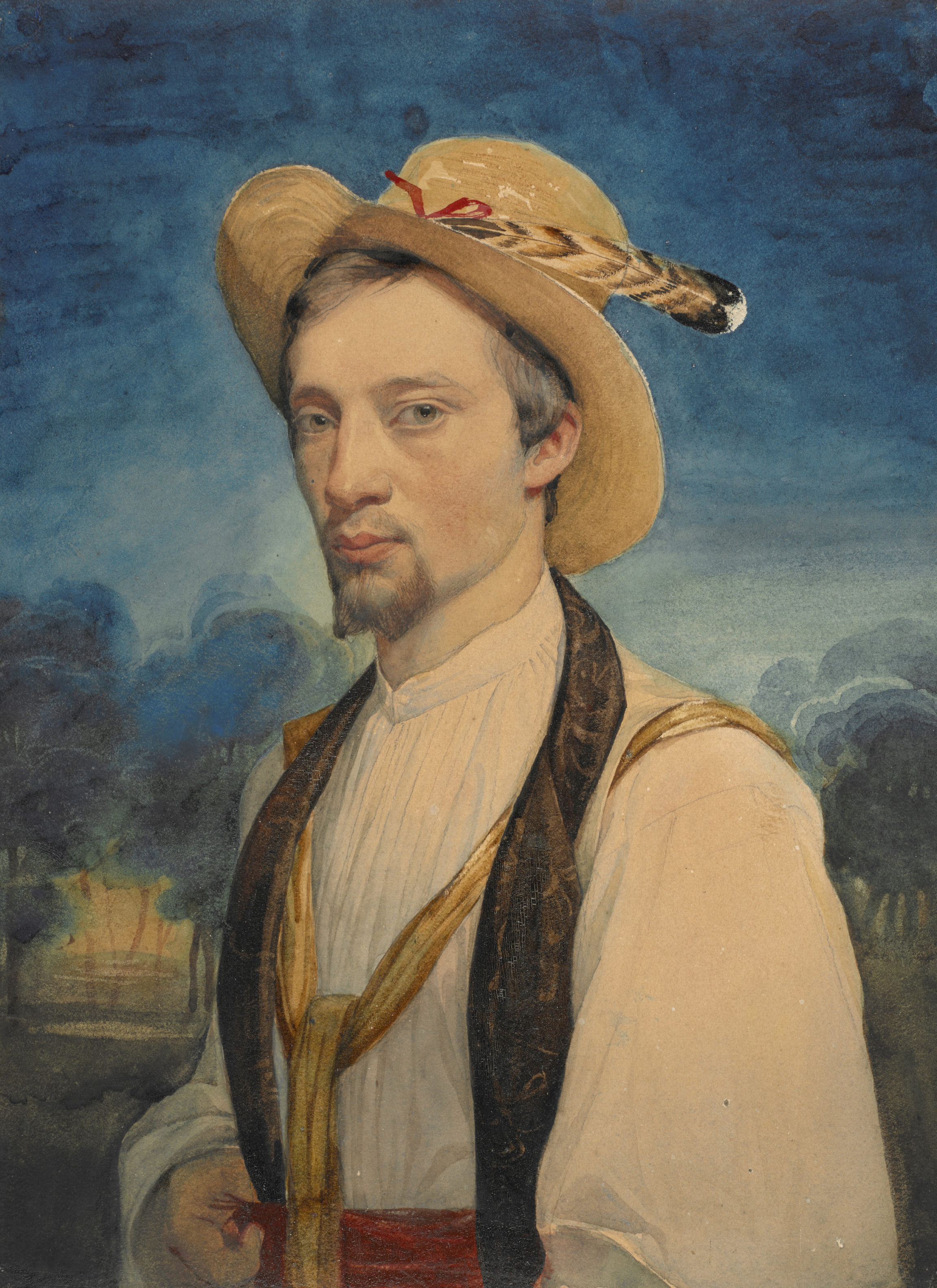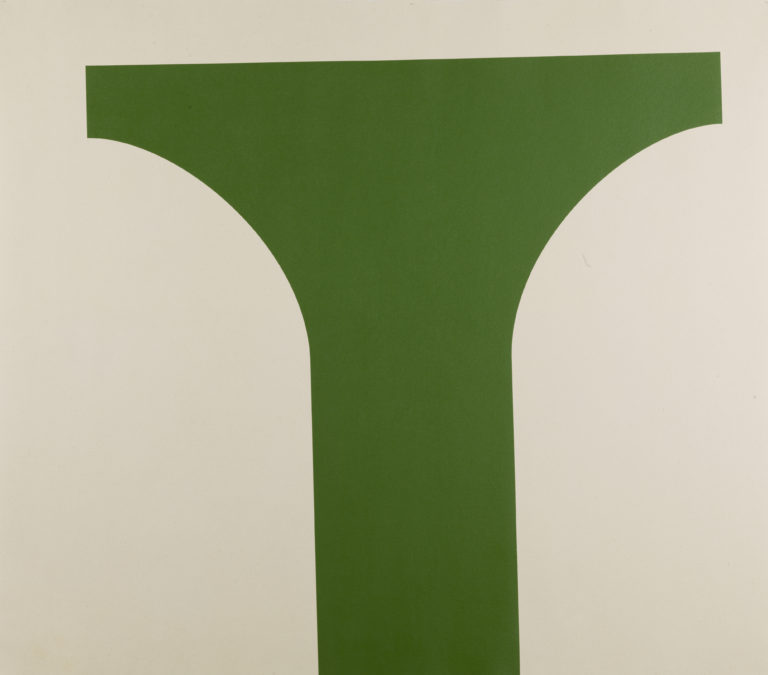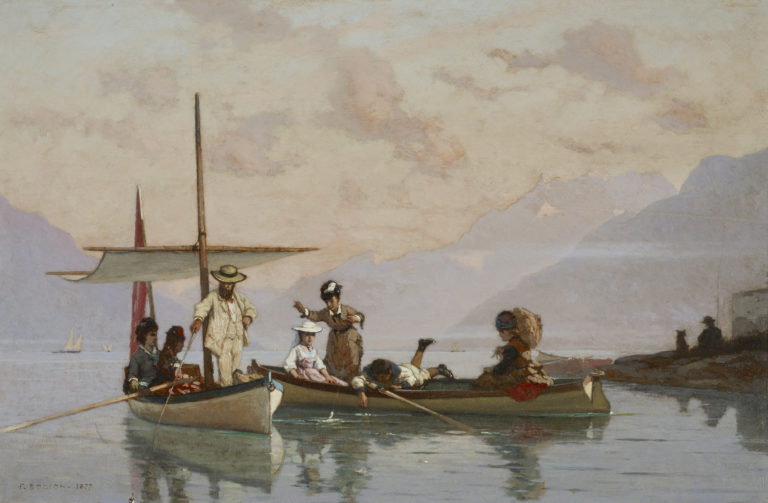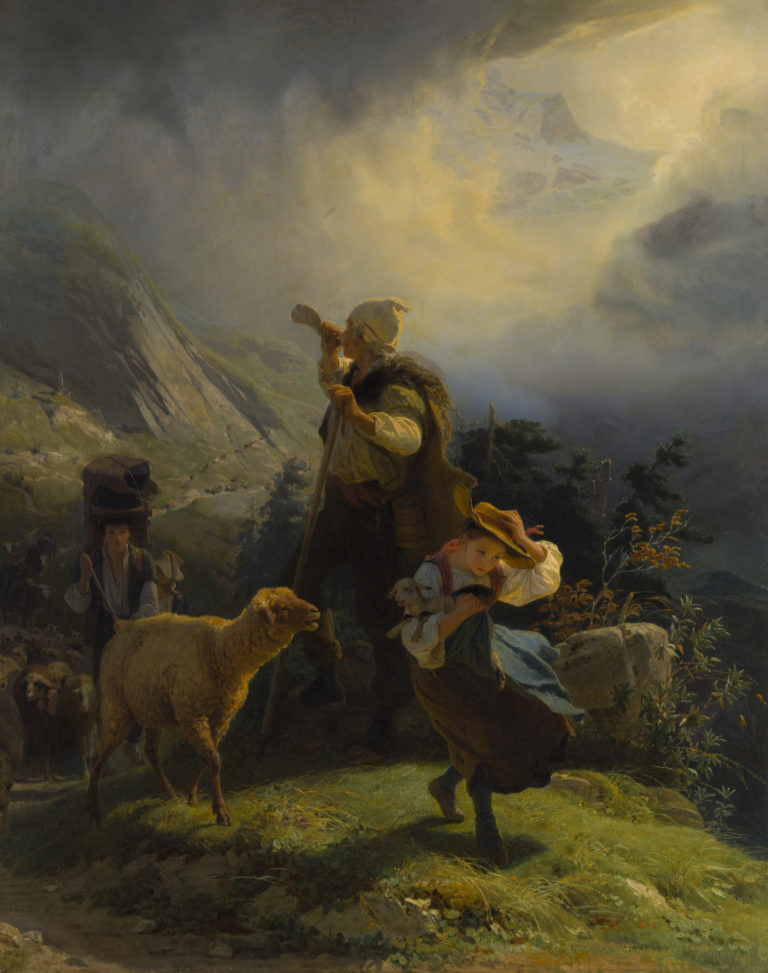Bibliography
Côme Fabre (ed.), Charles Gleyre (1806-1874). Le romantique repenti, exh. cat. Paris, Musée d’Orsay, Paris, Hazan, 2016: 137-138, n. 4.
Catherine Lepdor (ed.), Charles Gleyre. Le génie de l’invention, cat. exp. Lausanne, Musée cantonal des Beaux-Arts, Milan, 5 Continents Editions, 2006: n. 5.
William Hauptman, Charles Gleyre 1806-1874. I Life and Works. II Catalogue raisonné, Princeton/N.J., Princeton University Press, Zurich, Institut suisse pour l’étude de l’art, 1996: n. 50.
William Hauptman, ‘Les autoportraits de Gleyre. Un peintre se cache,’ Nos monuments d’art et d’histoire, vol. XLI, n. 3, 1990: 310-317.




Charles Gleyre was a modest, reserved, shy man who rarely painted himself. He found his prominent nose and fleshy lips unattractive and only painted three self-portraits. The first, in oil, dates from 1827 (also in the museum collection). It shows the head and shoulders of a young man with long hair and a pale, hairless complexion, posing stiffly in front of an Italian landscape. Gleyre had recently moved from Lyons to Paris, where he joined the studio of Louis Hersent before studying Fine Art and becoming a master watercolourist. The third self-portrait (Versailles, château de Versailles and the Trianon), again in oil, dates from 1841, when the artist was thirty-five. He had just returned to Paris after a lengthy period travelling in the Middle East. His emaciated features, hidden behind a bushy beard and moustache, reflect the hardships and diseases he had faced on his journey.
This is his second self-portrait, sent to his family immediately after completion. It is the only one of the three where Gleyre projects an air of confidence. At the time of painting he had been in Rome since 1829 to further his studies and seek his fortune, like Léopold Robert, a native of Neuchâtel, before him. The two men met and Robert became something of an adviser to the younger man. Gleyre may have been inspired by Robert’s famous portraits of brigands in the choice of his colourful Italian-style garb, with a red cloth belt, a strip of yellow material holding his kit, and a rolled scarf of flowery fabric adding a bright touch to his white shirt with ample sleeves. The thumb tucked in his belt, straw hat perched jauntily on his head, and double-pointed goatee – which he boasted about in a letter to his uncle – all play into his identity as a Romantic artist. His gaze is gentle yet bold, dreamy yet adventurous: he might be ready to fly up to the sun, at the risk of scorching his wings, as hinted at by the light flooding the watercolour and the falcon feather attached to his hat by a blood-red ribbon.